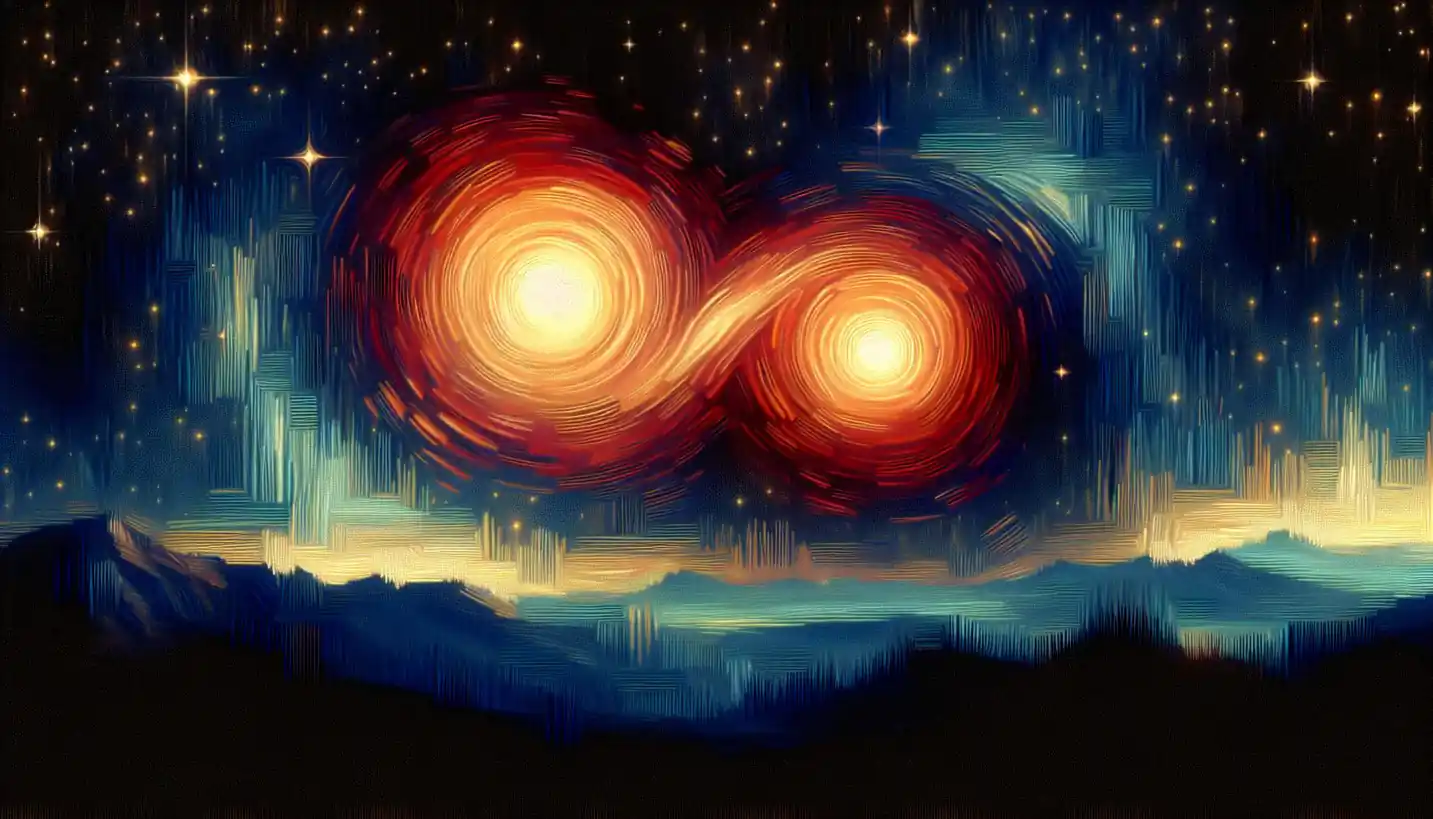
Intergalactic Medium: A Hidden Web in X-ray Astronomy
The Intergalactic Medium is a hidden web in X-ray astronomy, connecting galaxies and unraveling cosmic secrets across vast distances.

The Intergalactic Medium is a hidden web in X-ray astronomy, connecting galaxies and unraveling cosmic secrets across vast distances.

The Gaian Bottleneck hypothesis addresses why life might be rare in the universe. Investigate how early extinction events could limit the spread of life.

During the solar maximum, the Sun's activity dramatically increases, affecting space weather. Explore what happens during this vibrant solar phase.

White dwarfs, the cosmic embers of the universe, are the remnants of stars like our Sun. Learn how these dense objects provide clues to the future of our own star.

Often invisible, the plasma sheet's dance of charged particles influences Earth's magnetic field. Dive into its role within our solar system’s dynamic environment.

Sidereal time offers a unique window into astronomy. Explore how it syncs our clocks with the stars, unveiling mysteries of time in the universe.

Dark matter's elusive nature captivates gamma-ray astronomers, seeking clues to this cosmic conundrum. Discover how this mystery could reshape our universe's understanding.

X-ray Bursters are the universe's fireworks, highlighting dramatic and energetic cosmic phenomena waiting to be understood.

Dark energy, a puzzling force, accelerates the universe's expansion. Delve into the secrets of this mysterious power shaping cosmic evolution.

Absorption lines in ultraviolet astronomy unlock cosmic secrets undetectable by regular sight. Dive into the fascinating world these lines reveal.

Main sequence stars are the universe's stable heartbeats. Understand their role in cosmic evolution and the lifecycle of stars.

Methanogenesis could be a key to understanding alien life, revealing links between Earth's life and other worlds. Discover its significance in astrobiology's search beyond Earth.